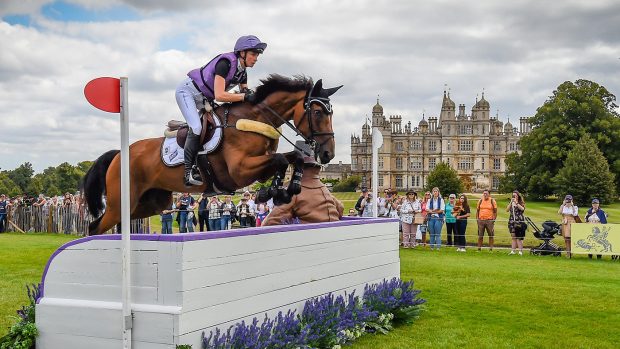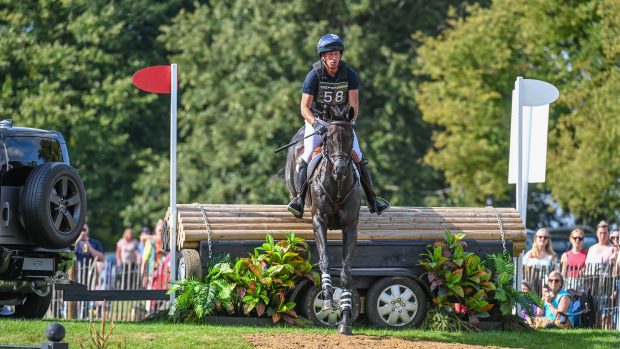Four-star rider Emily King — daughter of double Badminton winner Mary King — shares advice for successfully walking the cross-country track, whatever level your competition level.
1. Make sure you check out the exact line you are going to ride, including between the fences. The ground can vary, so you might want to plan to go off the direct line if the going is better there.
2. At combination fences, walk and memorise the number of strides you want to take between jumps. But also have a back-up plan if your horse spooks or stumbles, whether that’s to continue on the straight route or take the alternative.
3. Always walk the long route, just in case something happens and you can’t stick to plan A. It’s embarrassing to have to take an option and not know where to go!
4. If you are going for the time — or at the higher levels, going as fast as you can within yours and your horse’s capabilities — make sure you walk the tightest lines and stick by the ropes on turns. Also, look back at the previous fence to check you have taken the most direct route as it’s often easier to see when you look back.
5. Walk the course with your horse in mind — does he have an aversion to corners or is he spooky at water?
6. When I’m getting ready in the lorry, I will look through the programme list of fences as a refresher and to make sure I haven’t missed any out.
7. I also visualise exactly how I’m going to ride each fence — again, think about your horse or if you are riding several different ones, before each ride remember how that particular horse will ride and react. If you have every detail of the plan sussed out, when you actually get on the course it will already be in your head.
8. Check where the finish flags are. Sometimes they are very near the start box area, but at other venues they are not so obvious and if you are going for the time, you need to gallop right through them rather than slacking off early.
9. Also, scope out the pulling up and wash down area, particularly at a three-day event where your horse will be cooled down before going back to his stable. You don’t want to be pulling up your tired horse abruptly, so make sure you work out where you will come back to trot and wind down gently.
10. At a one-day event I would only walk the course once, but at a three-day event or final I’d walk it four or even five times — so that would be something I would recommend if it’s a big competition for you, such as the Mitsubishi Motors Cup. The first time would just be getting a general feel of what’s out there, then on the later walks I would plan my lines in detail.
11. If you are wearing a watch, you also need to wheel the course and work out where your minute markers are — make sure they are fixed things like trees which are not going to move!
12. Be conscious when you walk the course what time of the day you will be riding and whether the light will affect any fences. A spooky horse might be affected by sun on a shiny or white fence, or if there are shadows and jumps in and out of woods that’s something to have in the back of your mind.
13. Think about where the fences are positioned in the course as a horse which is usually confident at ditches might be more spooky if a trakehner comes at fence two or three, particularly if he is a youngster.
Like this? You might also enjoy reading these:
Lucinda Green: how to string cross-country fences together with a young horse
Tim Price’s top tips for your first cross-country school of the year
‘Repetition is key’ — Jonelle Price’s top tips for solving cross-country problems
14. Look out for fences which present a real eyeful, such as a complex where there are four routes through for different levels. You can’t be wishy-washy — make sure you focus on the fence you are riding and channel your horse to it.
Emily King is an ambassador for the Mitsubishi Motors Cup at Badminton (3-4 May 2016).




